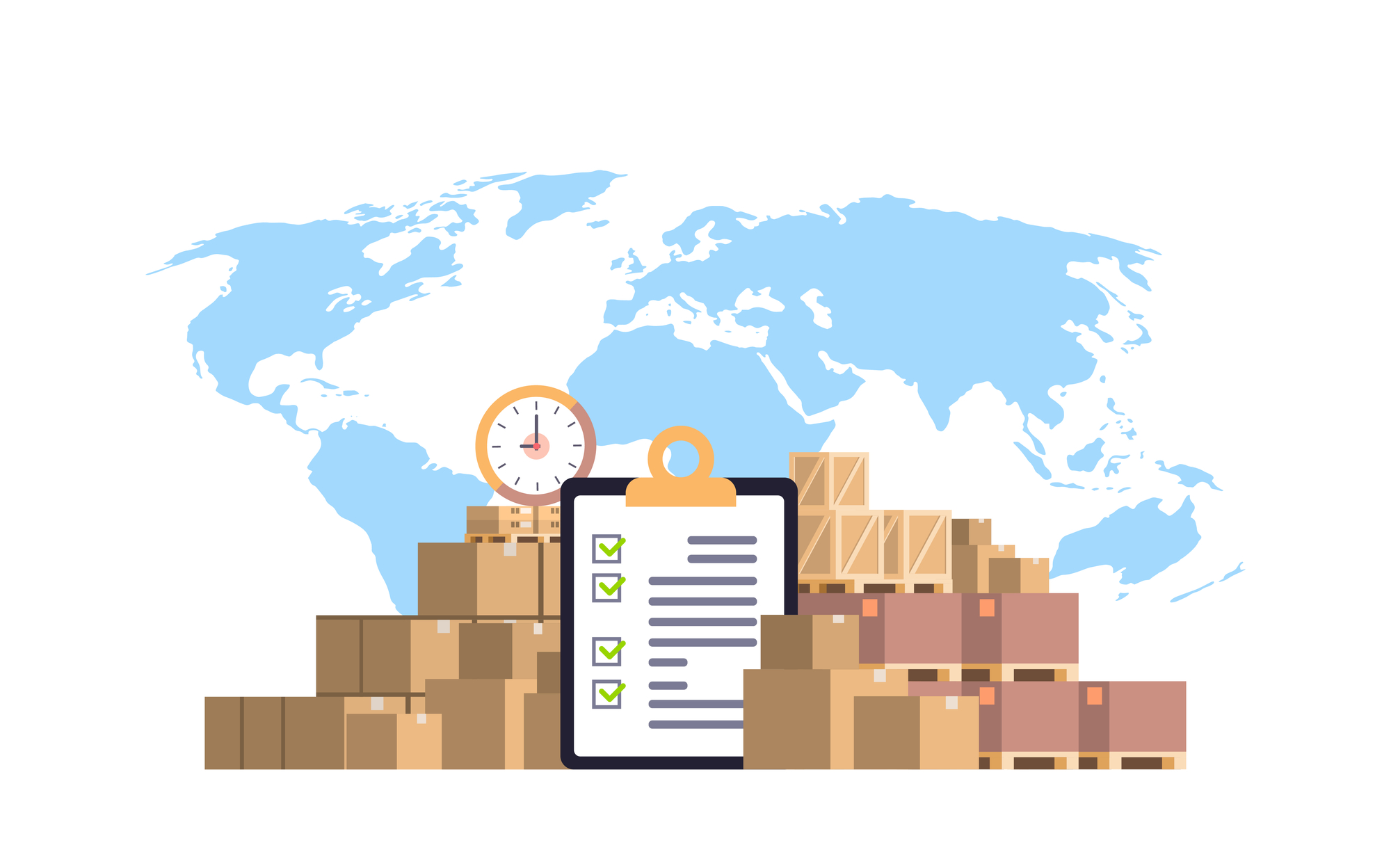Posted by Ron Fijalkowski on Wed, 04/29/2020
So your company has finally taken the plunge and integrated its MRO supply chain. Your organization now has implemented a workflow that coordinates strategic sourcing and procurement with information technology.
Your digital integration will coordinate systems and physical processes to reduce costs and plug gaps in service delivery to internal customers. But to truly earn all the rewards that integration promises, your business must subject each cost center, revenue generator, and supply chain activity to a comprehensive management procedure. Ensuring each step of the MRO process – from needs assessment and demand management through sourcing, procurement, and purchasing, to receiving, payment, warehousing, and consumption – is the only way to fully implement, accelerate, and scale MRO effectively.
Sustainable Digital Supply Chain Management Success
Organizations typically achieve successful integrated digital supply chain management incrementally. Working with clients, SDI establishes milestones and checkpoints that allow companies to recognize and celebrate these early and regular victories. This limits the disruption to daily routines and established workflow while building upon each step toward total integration management. When consolidated, SDI clients average savings of 10 to 12 percent on materials, 2 to 6 percent increased asset uptime, and 8 to 10 percent better wrench-time efficiency.
Confluence and Interface
Integrated digital supply chain management requires collaboration among team members and stakeholders to secure the touchpoints at which each department’s responsibilities meet. At SDI, we help clients focus on the processes involved in digital supply chain management. In most instances clients are familiar with the relevant technologies. The key is to position client companies to optimize and leverage these platforms for use in the MRO sphere, tying their data points to decisions that streamline supply chain tasks and create synergies with finance, human resources, and other tangent divisions.
Strong management pushes data from the central platform, rather than requiring disparate systems to pull it asynchronously. With this arrangement, everyone in the organization can retrieve up-to-date information on supply levels, contract pricing, reorder points, and delivery lead times. Absent the arrangement, diverse, disconnected systems would require manual interventions to reconcile different versions of company circumstances, inventory levels, transit times, maintenance schedules, and more. All this takes time, slowing the procurement process and clouding overall expenditures and total cost of asset ownership.
Active management of the integrated supply chain improves functionality by collecting data in a universal format, storing it in a central repository, and updating it continually as new results, forecasts, and field experiences become available.
Process Ownership
Covering all tasks and eliminating overlap redundancy will create data that is current, available, and actionable. A management structure that puts the procurement department in charge of data and drivers can achieve this. However, it is critical that all other stakeholders be able to call on perfect insight into procurement’s activities. That way, everyone can stay up to date on the department’s progress, anticipated delivery dates, etc., no matter how quickly the orders must be made, processed, and accepted.
Rigorously testing integration interfaces and ownership of the relevant technologies is the first step. In most instances where integrations rely on application programming interfaces (APIs) that are already in place, the ownership can be consolidated within the stakeholder applying the API as part of its solution.
When these technologies rely on established processes they can be implemented rapidly and serve as a springboard for more sophisticated utilities. More robust integration management is necessary to enable the reporting, forecasting, and analytical depth and breadth needed in most instances. If, on the other hand, the APIs represent new technologies for all parties tapping into them, each must establish and understand its full responsibilities and the protocols that will ensure these requirements are fulfilled. This cooperation makes iterative solutions possible and helps companies evolve. Management of the integrated digital supply chain solution reaches its full potential when all parties embrace their responsibilities
Contact us for a demonstration of SDI’s expertise and an introduction to our proprietary ZEUS platform. Zeus helps firms manage and integrate all aspects of the MRO supply chain. Flexible and scalable, ZEUS pushes data to CMMS, SAP, or other enterprise resource planning system, facilitating data sharing and integrity.



